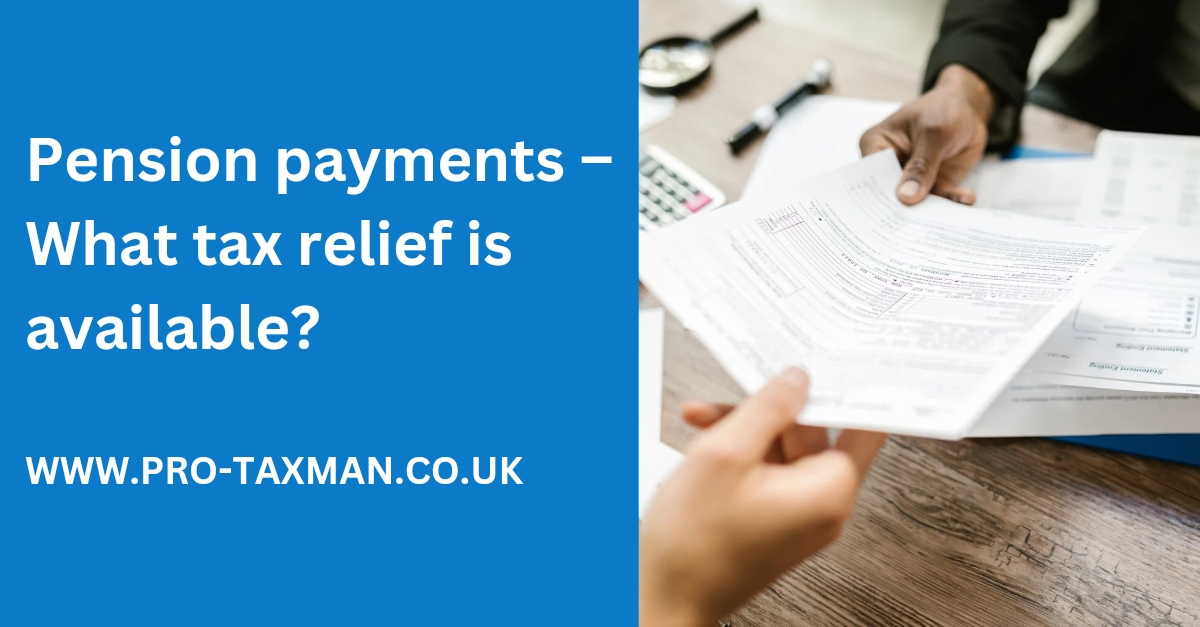To encourage pension savings, tax relief is available on contributions made to registered pension schemes. However, there are limits on the contributions that can qualify for relief, and punishing tax charges can apply if these limits are exceeded.
Limit 1 – 100% of relevant earnings
Tax relief on private pension contributions is capped at 100% of your relevant earnings or, if lower, £3,600. Relevant earnings include earnings from an employment or self-employment, benefits in kind and statutory payments. Rental income from furnished holiday lettings (whether in the UK or the EEA) counts as relevant earnings, whereas that from other lettings, such as residential lets, is treated as investment income and is not part of relevant earnings. Other investment income, such as interest and dividends, is similarly excluded.
It is the individual’s responsibility to check that they have not made tax-relieved contributions in excess of the higher of their annual relevant earnings and £3,600. Landlords and those running a business through a personal or family company can easily fall foul of this rule as their income may be high but their relevant earnings low.
Contributions can be made by or on behalf of those with little or no relevant earnings up to £3,600 gross (£2,880 net) a year.
Limit 2 – annual allowance
The annual allowance caps tax-relieved contributions to a registered pension scheme at £40,000 a year. Where the annual allowance is not fully used in the year, the unused amount can be carried forward for up to three years. However, the current year’s allowance must be used before unused allowances from previous years. Contributions made by an employer also count towards the annual allowance.
The annual allowance is reduced where both threshold income (broadly income after pension contributions) is over £200,000 and adjusted income (broadly income before pension contributions) is over £240,000. The annual allowance is reduced by £1 for every £2 by which adjusted income exceeds £240,000 until the minimum amount of the allowance is reached. This is currently £4,000. This means that once income reaches £312,000, the annual allowance is at the minimum level of £4,000.
A reduced annual allowance of £4,000 also applies where someone has flexibly accessed a defined contribution (money purchase) pension scheme on reaching age 55 or above.
If contributions are made in excess of the available annual allowance, the tax relief is clawed back by means of the annual allowance charge.
Limit 3 – lifetime allowance
The final cap on tax-relieved pension savings is the lifetime allowance. This is set at £1,073,100. If you think your pension savings may be nearing this limit, you should check with your pension provider before making further contributions. Where pension savings exceed the lifetime allowance, the tax relief is clawed back by means of the lifetime allowance charge. This is 55% where the excess is taken as a lump sum and 25% otherwise.
Method of relief
There are two ways of giving effect to the tax relief on pension contributions – relief-at-source and net pay.
In a relief-at-source scheme, contributions are made from the individual’s net pay. Where contributions are deducted from pay, the employer deducts the contributions after deducting tax. The pension scheme reclaims tax relief at the basic rate of 20% from the government. If the individual is a higher or additional rate taxpayer, the difference between the marginal rate that they pay and the basic rate of 20% is reclaimed through their self-assessment tax return.
Under a net pay scheme, contributions are deducted from gross pay before calculating tax. In this way, relief is automatically given at the employee’s marginal rate of tax. However, this is disadvantageous if the employee’s earnings are below the personal allowance as the top-up given under a relief-at-source scheme is lost.
Need professional accounting service or accounting advice? Contact us to book a 15-min Free Consultation with us today.
To find out more please follow us on Facebook, Twitter, or LinkedIn. Feel free to contact us on 0333 006 4847 or request a call back by texting 075 6464 7474

